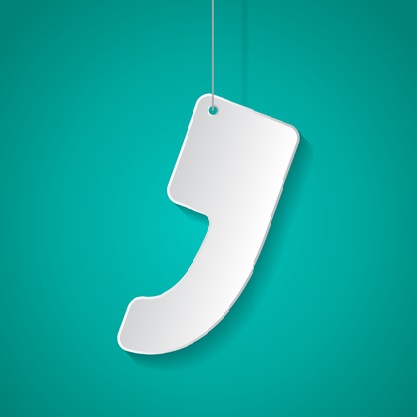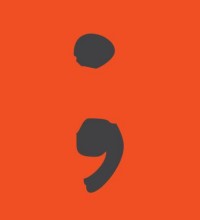Are your meta tags costing you customers?
What are meta tags? You might not have heard of them, but I can guarantee you’ve seen them whenever you’ve performed an internet search.
Meta tags – or, more specifically, the title tags and meta descriptions I’m talking about in this blog – are snippets of code that lurk in the <head> section of your web pages. Why are they so important? Because when a search engine displays your website on the search results page, the title tag and meta description normally determines the text that your customers see. Here’s what comes up for Unmistakable if you Google “copywriting and editing nz”:

Those are my title and meta description tags, and I’ve written them like that for a reason. Let’s break it down.
Title tags
The title tag is the bold text that comes up above the URL in a search engine result. It plays an important role in telling search engines what your page is about, and it’s likely to be the first thing your customers see. So, on both counts, you want your title tag to describe exactly who you are and what you do. Ideally, a title tag should be 50-60 characters long, and never more than 70. If it’s too long, the search engine will chop off the end, often replacing it with an ellipsis.
Title tags don’t just appear in search engine results. They also display in the tab at the top of your web page in certain browsers. And if you share your site’s URL on social media, the title tag is often pulled through into the preview image that pops up – Facebook is a good example of a social media platform that does this.
Meta description tags
The meta description is the paragraph of text that appears below the URL in a search engine result. It’s a short summary of the content of your site or page. A meta description should be shorter than 160 characters or, again, the end will be cut off and replaced with an ellipsis. While the text itself doesn’t contribute to search engine rankings, it’s vitally important in getting your customers to select your site from the list of search results. It’s a little bit of free advertising space, so you want to make the most of it and show the customer that you’re offering exactly what they’re looking for.
Here’s an example of why your title tags and meta descriptions are so important:
I want pizza for dinner, so I Google “pizza delivery Auckland”. Once the search results are in, I’m presented with several choices. One of them is Pizza Club.

What do their meta tags tell me? Nothing, really. I know they’re called Pizza Club, and they appear to have several locations. But do they deliver? Are they even a pizzeria, or are they some kind of pizza appreciation society?
Sitting right above Pizza Club in the search results is Domino’s.

It looks like their meta tags might have been a little long (see the ellipses?), but that doesn’t matter. The search result tells me everything I need to know: I can order online, they deliver, they have fresh, quality pizzas, and they’re in all the major cities.
So, while Domino’s has used their meta tag space to tell me that they have what I’m looking for, Pizza Club has completely wasted that precious advertising space with a) nothing and b) a list of suburbs. Assuming I have no prior knowledge of Auckland pizza joints and no pre-existing brand preference, it’s a safe bet I’ll be clicking the link for Domino’s first.
So, how do you get meta tags?
Rest assured, if you’ve not assigned any meta tags to your website pages, search engines like Google will do the job for you by pulling in text from the existing content on your site. This might do a reasonable job of getting your message across, but you have no control over which bits of text get used, or whether they say anything meaningful to your customers.
If you want to customise your title and meta description tags, it will involve editing the code in the <head> section of your web pages. If you know basic coding, you can do this yourself, or you may need to get some assistance from a web developer. If you’re using WordPress, plugins like Yoast SEO enable you to enter your tag text into boxes, and then the plugin does the rest of the work for you. Other site building services, like Wix, have comprehensive instructions that you can follow.
Try searching for your site in a few different browsers and search engines, and see what text is displayed when it comes up. If it’s not something that encourages people to click on your url, consider writing new meta tags, or hire a copywriter to do them for you. They’re the first pieces of copy your organic search customers will see, so getting them right is an investment that will pay for itself in increased traffic to your site.







